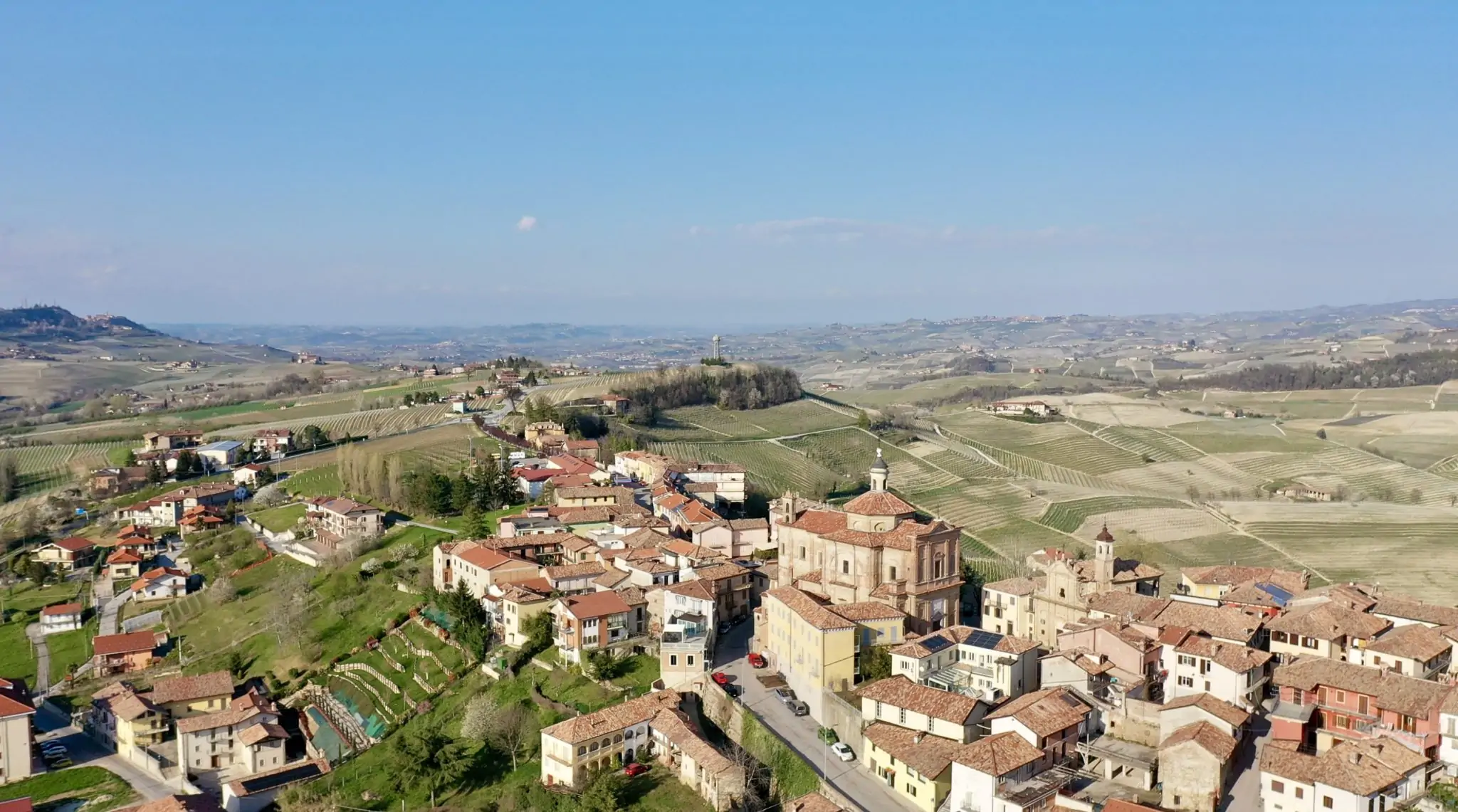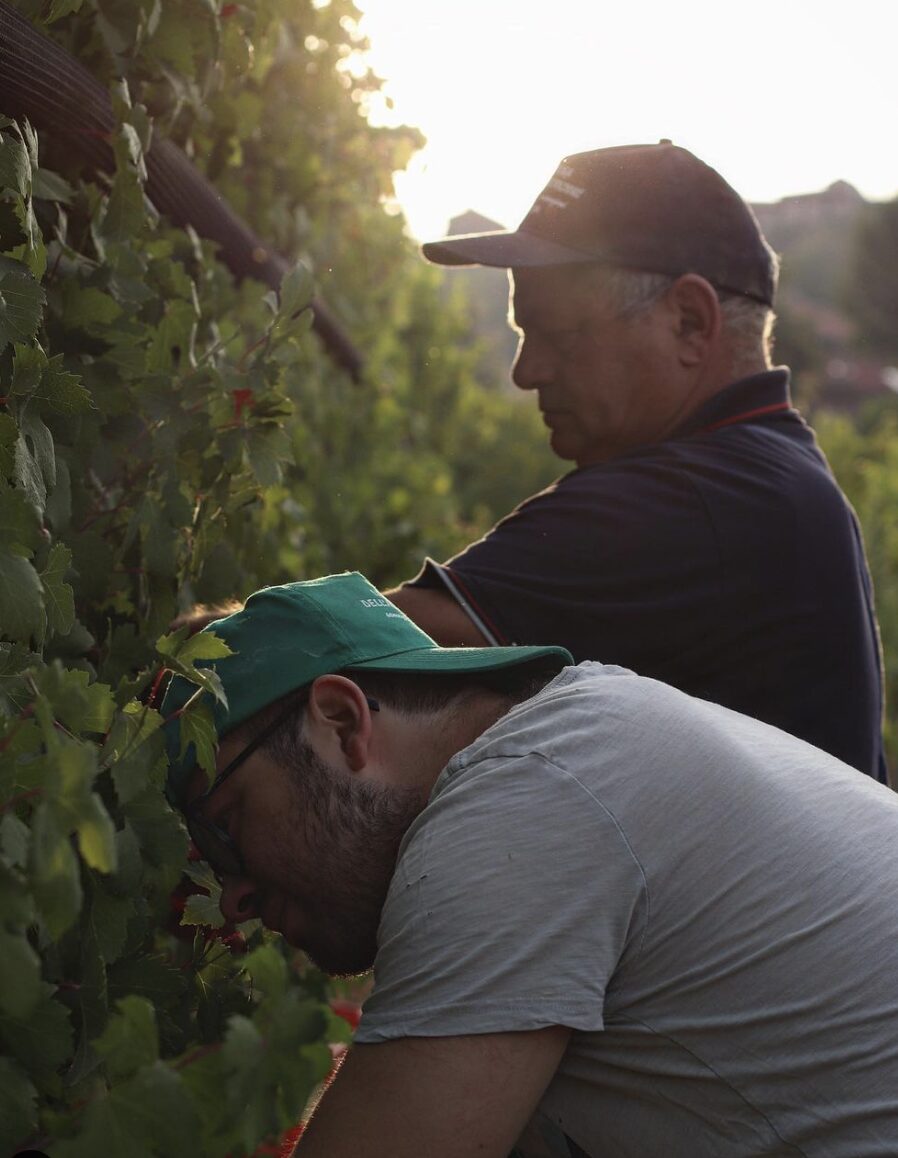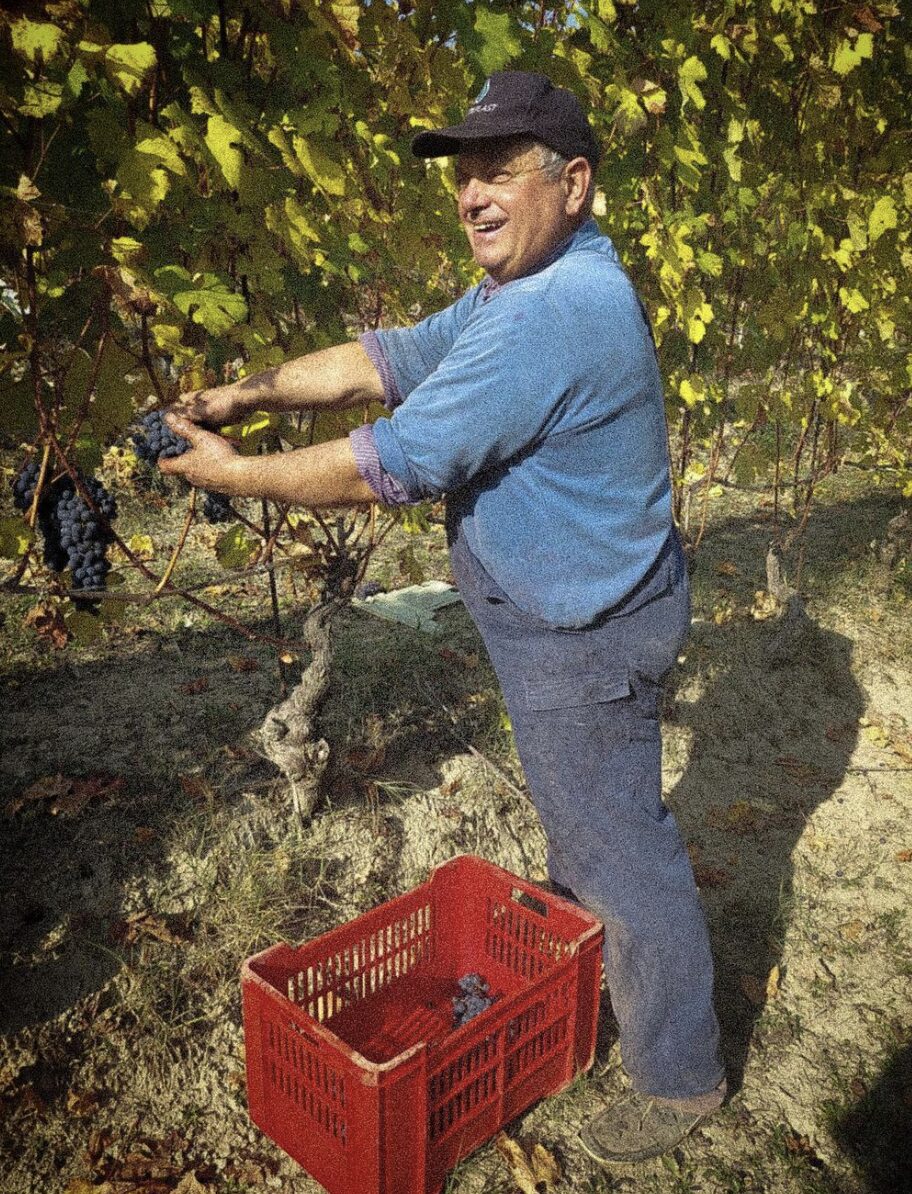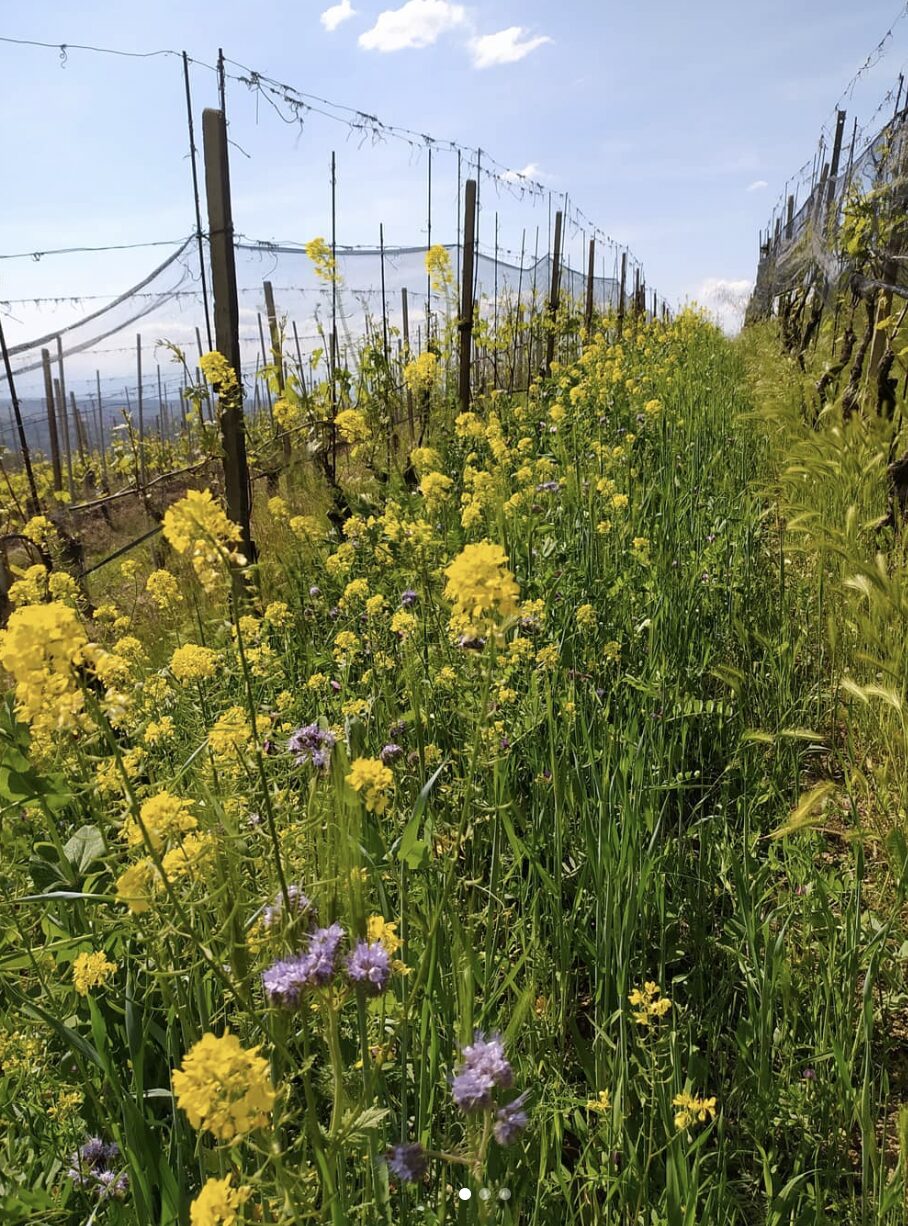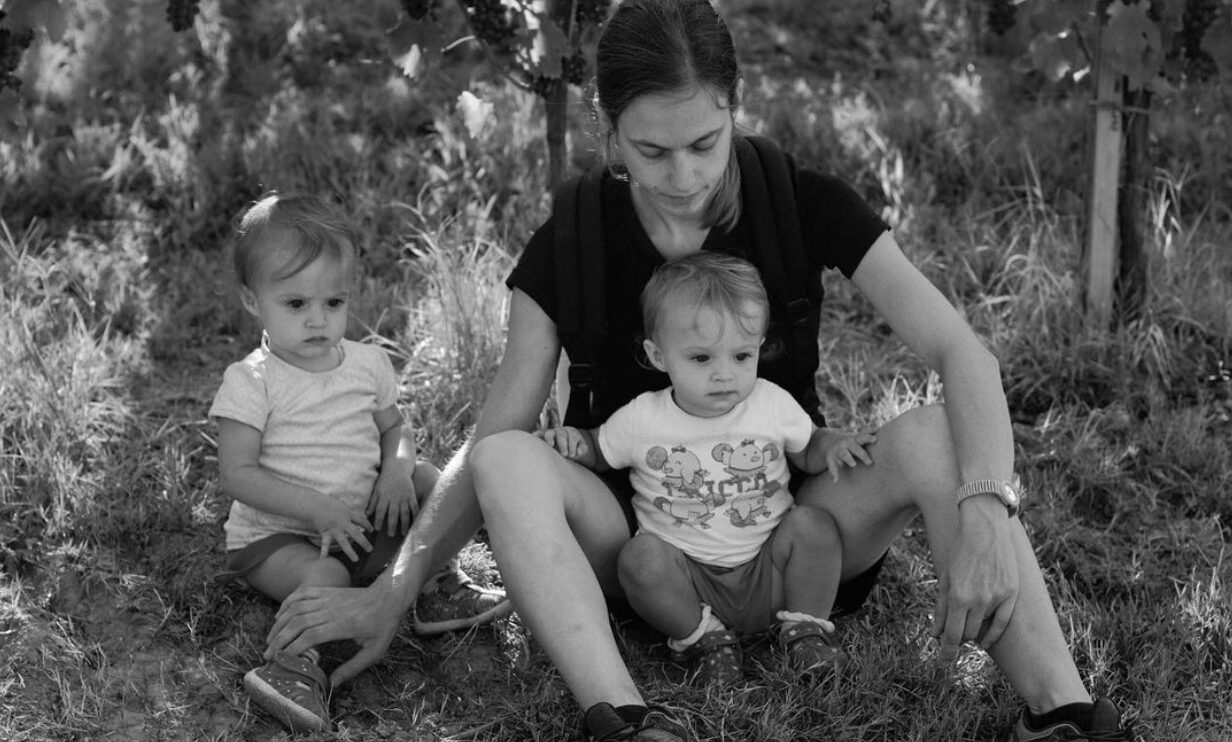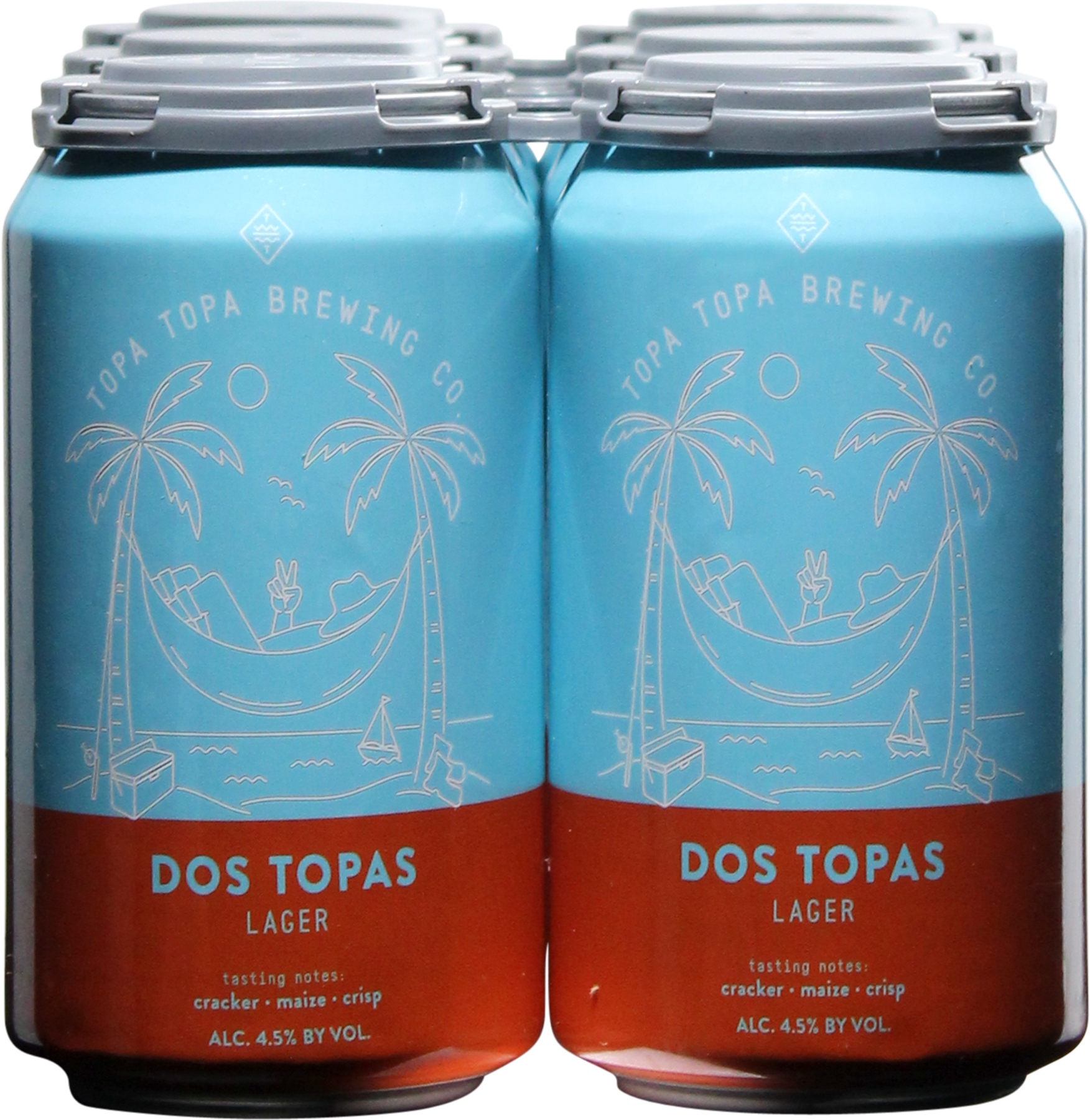2022 Mauro Marengo Dolcetto d’Alba
It’s rare that you come across an up-and-coming producer from a region as historic and notable as Piedmonte. Nevertheless, it does happen, and when it does it FIRES US UP. This wine is medium-bodied with light, soft tannins so it pairs well with just about any Italian dish. There’s a reason why this is what the locals drink.
Organic farming practices, hand-harvested and only 600 cases produced!
Born in Alba in 1961, Mauro Marengo left middle school to help his father Francesco take care of their many different crops and livestock up until the 1980s. Incentivized by the increasing global success of their wine region, they slowly moved more of their effort to viticulture, and in 2015 they made their first commercial wines. Daniele describes his father as having the peasant pragmatism of the Langa and a strong attachment to the land.
What is most unique about the Marengos and the typical Piemontese familial agricultural system is how early they began to pass the torch on to their children. They started to first give control over the business to their daughters and convinced by Daniele’s obvious talent and passion for the vineyard and cellar work, some years later they gave him, at twenty-two-years-old, their full support of his ideas and the directional control in the vineyards and cellar. However, Daniele was involved from the start with the microquantity of wines bottled under the family label in 2015 when he had just entered his teenage years.Though it’s not fair to speculate on Daniele’s potential while he’s only nearing the quarter mark of his life, we do see the genius early on. It’s even rarer in a region as important as Barolo for someone so young to be given full control and to generate such high-level results so quickly. In our portfolio of growers, there are few so impressive in their early twenties from one of a country’s most celebrated regions. Is Daniele a prodigy? Not sure, but it will be a privilege to watch his progression from the front row.
Dolcetto is a black grape variety widely cultivated in the Piedmont region of northwest Italy. It is one of the region’s most popular red grape varieties, known for producing wines that are typically low in tannins and high in acidity, with a characteristic fruit-forward profile. The name “Dolcetto” translates to “little sweet one” in Italian, although the wines made from this grape are usually dry.
Here are some key points about the Dolcetto grape:
Origin: Dolcetto is believed to have originated in the Piedmont region of Italy, where it has been cultivated for centuries. It is primarily associated with the provinces of Cuneo, Asti, and Alessandria.
Characteristics: Dolcetto grapes are thin-skinned and dark blue-black in color. The wines made from Dolcetto are typically deep in color, ranging from ruby red to purple. They are known for their soft tannins, moderate acidity, and flavors of dark fruits such as blackberry, plum, and cherry.
Wine Style: Dolcetto wines are often described as fruity, lively, and easy-drinking. They are generally meant to be consumed young and are not typically aged for extended periods like some other Piedmontese wines such as Barolo or Barbaresco.
Food Pairing: Due to its moderate tannins and bright acidity, Dolcetto pairs well with a variety of foods. It is particularly well-suited to Italian cuisine, including dishes such as pasta with tomato-based sauces, pizza, cured meats, and aged cheeses.
Cultivation: Dolcetto is a relatively easy grape to cultivate, as it is resistant to many vine diseases and adapts well to various terroirs within the Piedmont region. It ripens relatively early in the growing season, making it less susceptible to weather-related issues such as autumn rains.
Varieties: There are several sub-varieties of Dolcetto grown in different parts of Piedmont, including Dolcetto di Dogliani, Dolcetto d’Alba, and Dolcetto di Diano d’Alba. Each of these sub-varieties may have slightly different characteristics and flavor profiles.
Overall, Dolcetto is valued for its approachability, versatility, and ability to produce flavorful, easy-drinking wines that are emblematic of the Piedmont region’s winemaking tradition.




